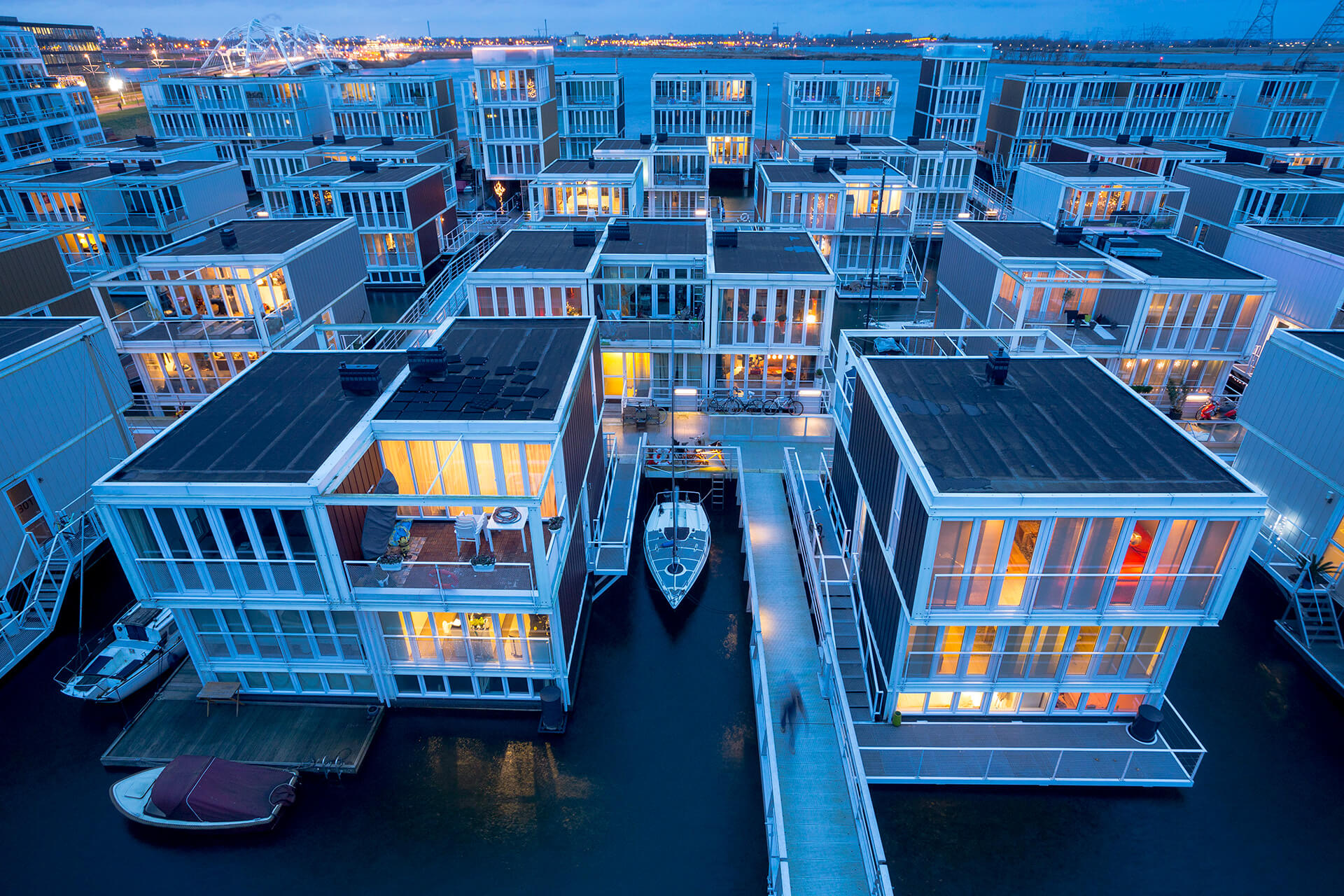
Latest Emerging Architecture Trends Explained
Latest Emerging Architecture Trends Explained
Architecture is an ever-evolving art form that reflects the cultural, technological, and environmental priorities of the time. As we navigate the 21st century, new trends in architecture are reshaping the way we design, build, and inhabit spaces. From sustainable solutions to cutting-edge technology, let’s explore the latest emerging architecture trends that are redefining modern living.
1. Sustainable and Green Architecture
With climate change at the forefront, sustainable architecture is more than just a trend—it’s a necessity. Green architecture incorporates energy-efficient designs, renewable materials, and eco-friendly technologies.
Key Features:
•Green Roofs and Walls: Living greenery integrated into structures for insulation and air purification.
•Net-Zero Buildings: Structures that generate as much energy as they consume.
•Sustainable Materials: Bamboo, recycled steel, and cross-laminated timber (CLT) are gaining popularity.
2. Biophilic Design
Biophilic design bridges the gap between indoor spaces and nature. It emphasizes natural light, ventilation, and greenery to create healthier environments.
Examples:
•Large windows for ample daylight.
•Indoor gardens or vertical green walls.
•Organic shapes and textures inspired by nature.
3. Smart and AI-Driven Architecture
Technology is revolutionizing architecture through the use of smart systems and artificial intelligence. From conceptual design to building operations, AI-driven solutions improve efficiency and personalization.
Applications:
•Smart Homes: Integrated systems for lighting, security, and climate control.
•Parametric Design: AI tools used to create innovative, adaptive structures.
•Energy Monitoring Systems: Real-time tracking of energy consumption.
4. Modular and Prefabricated Construction
Modular construction involves creating building components off-site and assembling them on location. It’s faster, cost-effective, and environmentally friendly.
Benefits:
•Reduced construction time and labor costs.
•Lower waste generation.
•Flexibility to scale up or down.
5. Adaptive Reuse and Urban Regeneration
Instead of demolishing old buildings, architects are repurposing them for modern use. Adaptive reuse preserves historical elements while transforming spaces for contemporary needs.
Examples:
•Factories converted into coworking spaces.
•Warehouses transformed into luxury apartments.
•Old train stations repurposed as cultural hubs.
6. Minimalist and Functional Designs
Minimalist architecture continues to dominate trends, emphasizing simplicity and functionality. This style reduces clutter, focusing on clean lines and open spaces.
Characteristics:
•Neutral color palettes.
•Multi-functional furniture and layouts.
•High-quality, sustainable materials.
7. Resilient and Disaster-Proof Architecture
Architects are now prioritizing designs that withstand extreme weather and natural disasters. Resilient architecture uses durable materials and innovative engineering to ensure safety and longevity.
Features:
•Elevated structures for flood-prone areas.
•Wind-resistant designs for hurricane-prone regions.
•Fireproof and earthquake-resistant materials.
8. Community-Centric Urban Spaces
Urban architecture is increasingly focused on fostering community interaction. Designs prioritize shared spaces, accessibility, and walkability.
Examples:
•Mixed-use developments combining residential, commercial, and recreational spaces.
•Public plazas and pedestrian-friendly zones.
•Community gardens and rooftop amenities.
9. Integration of Renewable Energy
Renewable energy sources like solar and wind are being integrated into architectural designs to create self-sustaining buildings.
Innovations:
•Solar panels as part of building facades.
•Wind turbines incorporated into skyscraper designs.
•Geothermal systems for heating and cooling.
10. Virtual and Augmented Reality in Architecture
Virtual Reality (VR) and Augmented Reality (AR) are transforming how architects visualize and present designs. These technologies provide immersive experiences for clients and enable precise planning.
Benefits:
•Virtual walkthroughs of designs before construction.
•Enhanced collaboration between architects and clients.
•Reduced errors in design execution.
Why These Trends Matter
Architecture is no longer just about aesthetics; it’s about addressing societal needs, environmental challenges, and technological advancements. By embracing these emerging trends, architects are paving the way for a sustainable, inclusive, and innovative future.
How Grey to Green Can Help
At Grey to Green, we stay ahead of the curve by incorporating these trends into our projects. From sustainable designs to smart architecture solutions, we’re committed to creating spaces that are both innovative and eco-conscious. Contact us today to discover how we can transform your vision into reality.
Tags: Emerging Architecture Trends, Sustainable Design, Biophilic Architecture, Smart Buildings, Green Construction, Modular Homes, Urban Regeneration, Grey to Green Design




